Star Wars Symbols: The Many Links Between Famous Galactic Images
Imagery sends a powerful message and in a galaxy as chaotic as the one in Star Wars, symbols can act as sources of pride, hope and fear. More than 40 years of Star Wars storytelling has given us centuries of galactic lore and many a sign, crest, logo or even tattoo has carried great meaning. Let’s explore some of these images and the ideas they represent.
Symbols of the Jedi Order
Obi-Wan Kenobi first described the Force and the Jedi Order to young Luke Skywalker by saying that “For over a thousand generations the Jedi were the guardians of peace and justice in the Old Republic.” We see the Jedi symbol only rarely, but its beauty and power captured the idea that the Jedi were the light in a dark universe.

Source
Not seen often, the Younglings of the Order also had an emblem, representing hope for the future as these padawan and apprentices grew in their power and rose to eventually take over the mantle of responsibility from their masters.

Source
Symbols of the Galactic Republic
The Galactic Republic existed for centuries as a source of stability in the galaxy. It was far from perfect, but it did create a common context for the thousands of star systems gathered together under its authority. For many years there was prosperity and stability, and any site flying the Galactic flag was a site of hope.
Symbol of the Old Republic
The Jedi Order was a major influence in the early days of the new galactic order, and this is clear in the original symbol from centuries ago.
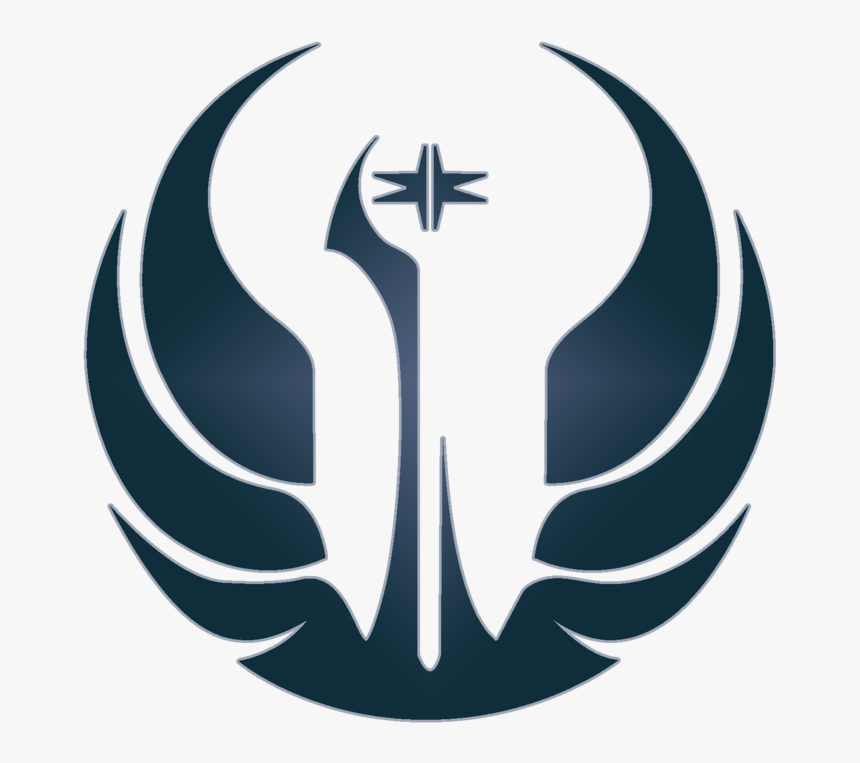
Symbol of the Late Republic
The symbol eventually changed to an eight-spoked cog ringed by a broken circle and encompassed by an unbroken circle – diversity and strength held together by a common ideal.
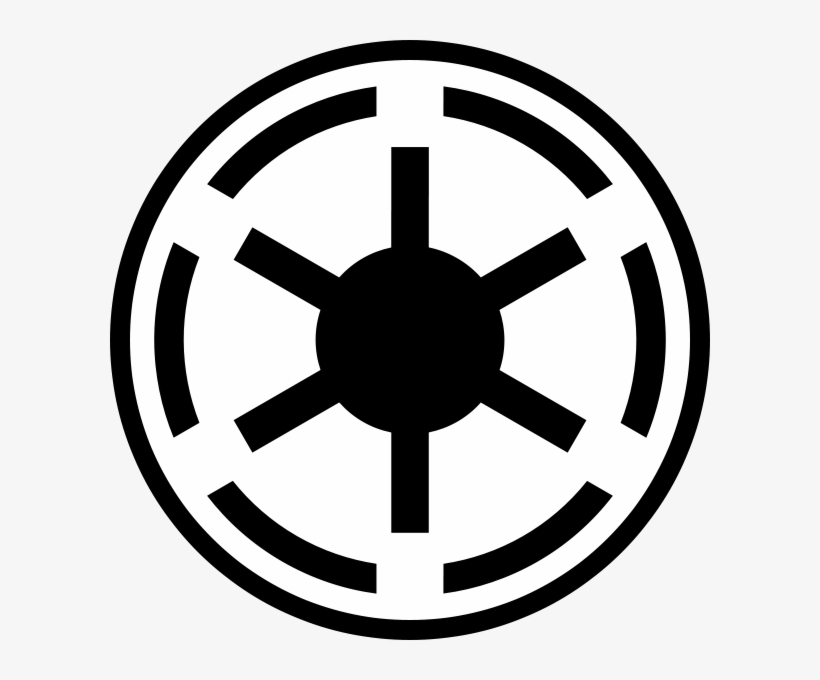
Symbol of the Galactic Senate
The Senate itself was a symbol of democracy, balance and diversity and for centuries its crest featured prominently in the galaxy.
Military symbols during the Clone War
Insignia are an important source of identification and cohesion in military units, and during the war many unique images were created for individual fighting groups. The Navy had an overall symbol which we see everywhere in Star Wars: The Clone Wars. Many smaller units also developed strong identities, such as the Wolfpack of Clone Commander Wolffe, who wore their unit insignia on helmets and even as tattoos.
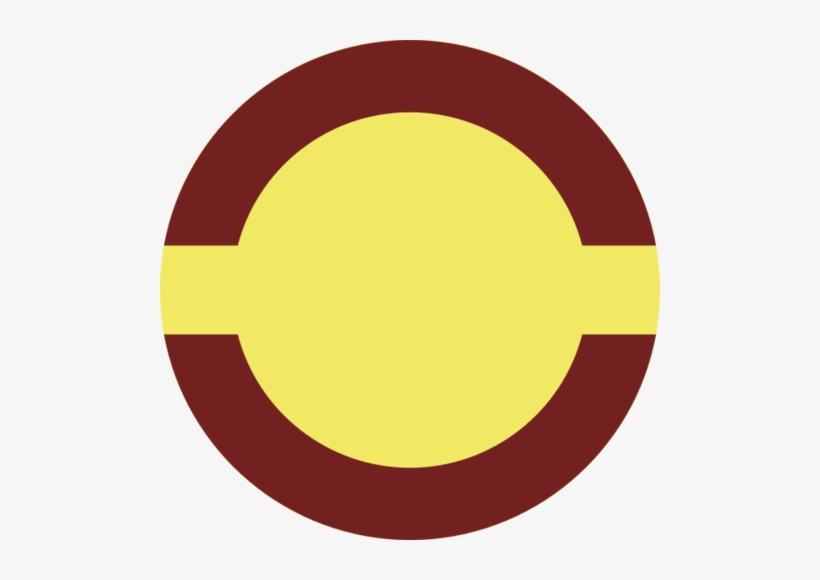
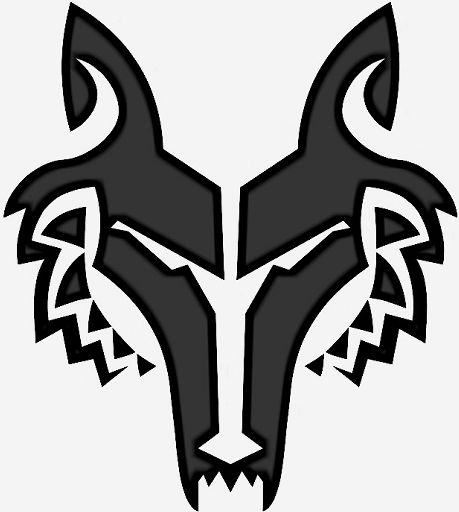
Source Source
Symbols of the Confederacy of Independent Systems
In Star Wars: The Clone Wars we got to see the Confederacy of Independent Systems, or simply the Separatists, featured in battle across a wide variety of systems. As a rising military force and a political movement bent on change, they also made effective use of insignia and logos. The Confederacy itself adopted a symbol similar to, but clearly distinct from, the Republic.
Source
But the Separatists were dominated by several factions – such as the Trade Federation and the Techno Union – and they were each sure to maintain their own insignia, suggesting a lack of true cohesion between these loose allies.
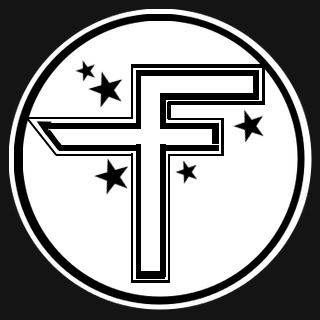

Source Source
General Grievous, as the senior general of the Separatist Army, even maintained a personal symbol. This was in stark contrast to the Jedi and their rejection of individual identity.
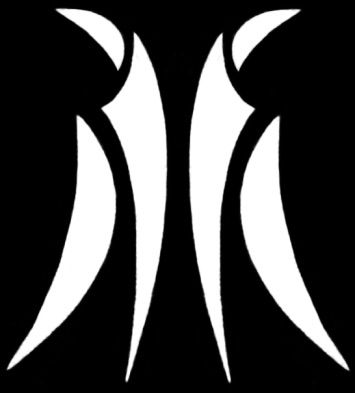
Source
Symbols of the Sith
Although rarely seen in the movies, Sith logos represented a dark presence throughout the Star Wars saga. Often associated with death, any sighting of a Sith emblem would shortly bring a swift and severe response from the Jedi Order. For centuries the Sith existed in the shadows, an unbroken line of master and apprentice who worked to create an opportunity to rise again.

Symbols of the Galactic Empire
The Galactic Empire was formed out of the ashes of the Republic in the culmination of the greatest coup in history. A decades-long Sith plot to destroy the Jedi was enacted, and the Order framed as the villains. All central authority was given to Darth Sidious, publicly known as Emperor Palpatine, and the Republic was “reorganized” as the First Galactic Empire.
The symbol of the Empire is a perversion of the Republic logo, taking the basic shape but reforming it as a symbol of strength and constraint. Whereas once the multiple spokes were unconstrained but encompassed, under the Empire they become locked in and controlled.

Source
Symbols of the Rebel Alliance
The origins or the Rebel Alliance are many, from former Separatist fighters to scattered padawan to disgruntled Imperial troops. But the symbol of the Rebel Alliance grew from three distinct sources. The first was the starbird created by Mandalorian artist and young rebel Sabine Wren. Originally just graffiti, her art represented the early life of the growing resistance.
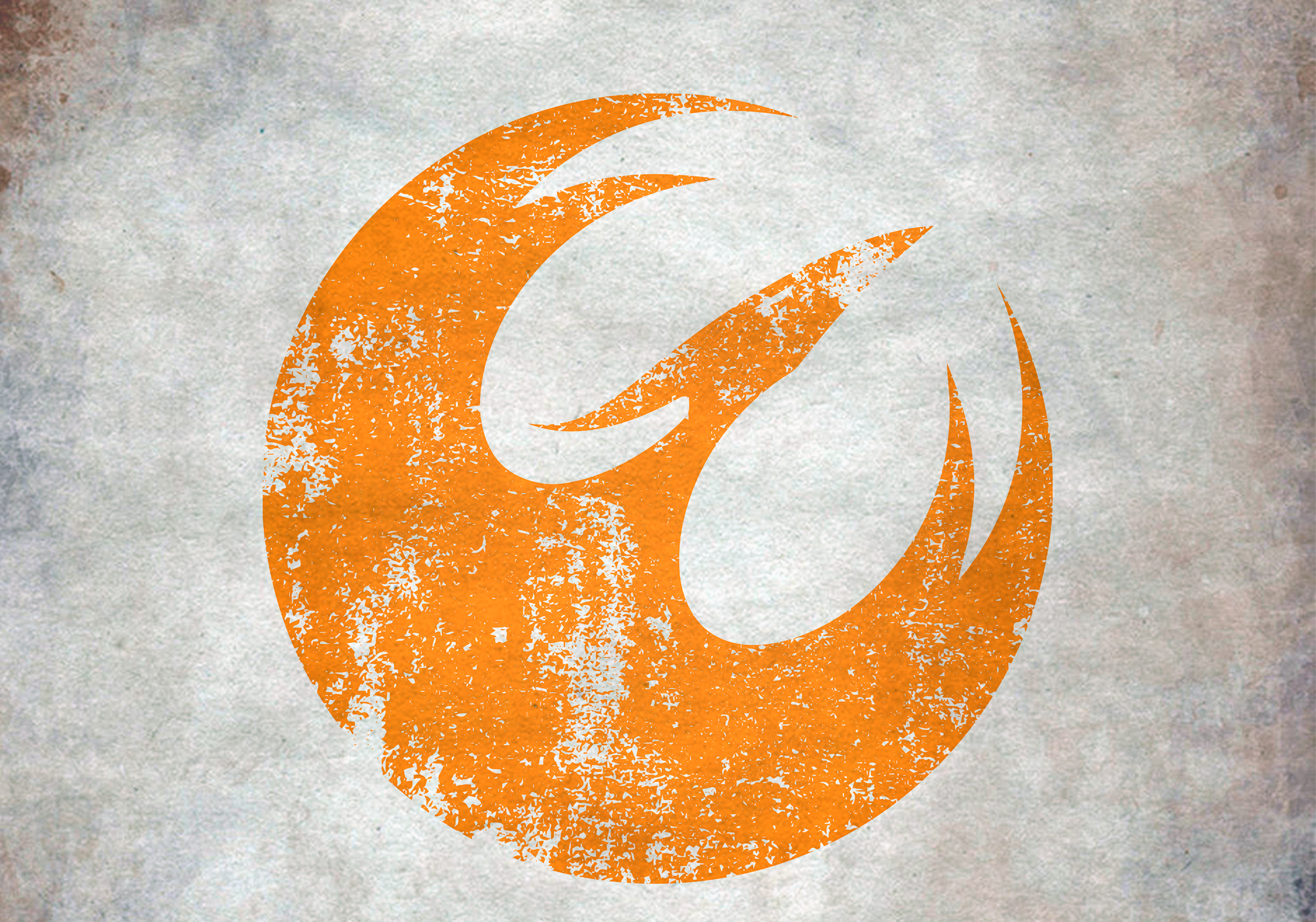
The second source was the symbol of Saw Gerrera’s Partisans, who abandoned the diplomatic approach to the Empire and adopted more violent methods.

The Rebel Alliance starbird drew from both these images, but also incorporated the old Jedi crest as a symbol of freedom.

Symbols of the First Order
The Rebels overthrew the Empire and established the New Republic, but peace lasted barely a generation before a new threat arose in the form of the First Order. This insignia bears a slight resemblance to its Imperial predecessor, but represents a new source of strength that was only revealed later when the resurrected Darth Sidious revealed his grand plan for immortality.

Out of the First Order, Sidious created the Final Order and with it the Sith Eternal. This mark, thankfully, never spread across the galaxy as Sidious and his forces were defeated at Exegol.
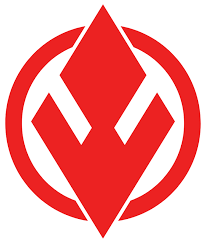
Symbols of the Resistance
The First Order shattered the New Republic, but the fighting spirit lived on in the Resistance. Taking the Rebel Alliance starbird as their own and often displaying it on personal gear, this collection of fighters held the line against the rise of oppression and brought hope that the galaxy might again be free.
Star Wars Images Everywhere
Fans have adopted Star Wars imagery everywhere, and we can find it on social media and many a relevant site. From the Rebel starbird to the iconic mask of Boba Fett, the Star Wars universe is filled with powerful symbols that elicit no shortage of enthusiastic comments and discussion.
Bennett R. Coles is an award-winning, best-selling author and ghostwriter of science fiction and space fantasy series. His newest novel, Light in the Abyss, is now available here.
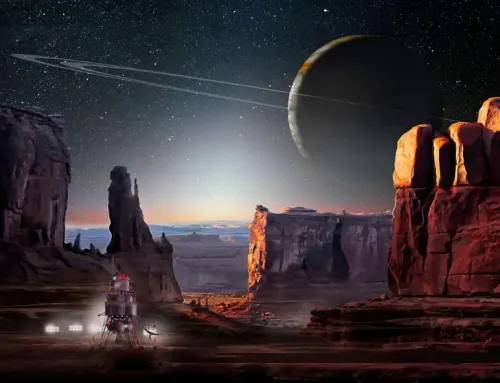
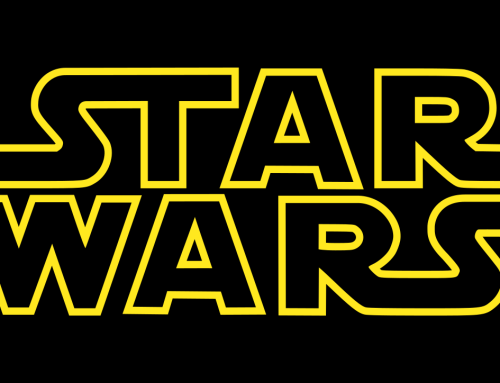
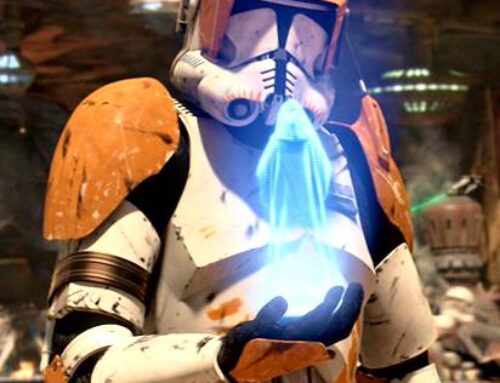
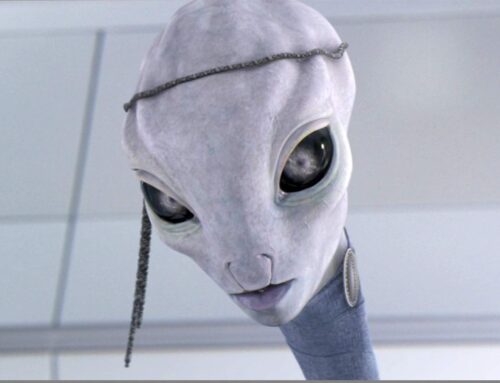
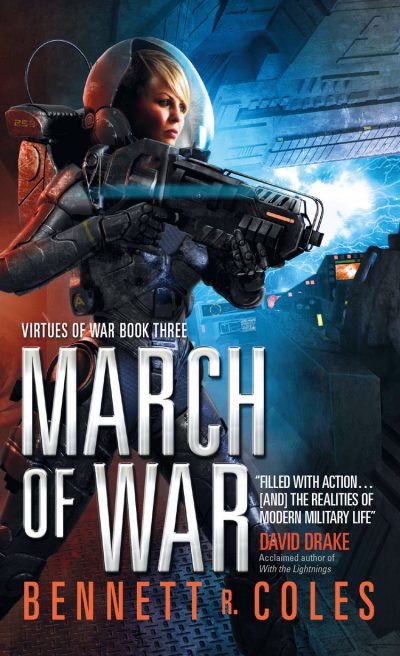


The Jedi didn’t reject personal identity. Ahsoka and Shaak Ti wore akul-tooth headdresses. Luminara Unduli and Barriss Offee wore the traditonal robes and tattoos of their culture. Going further, Yoda has his own personal crest emblazoned on the floor of his quarters. The assumption that they discourage such things is based on an uncharitable, unsupported reading of the Jedi as suppressive and controlling.
Thanks very much for your comment. That’s an interesting take on the subject, although I wonder how much of those personal identity items are just the Jedi exploring their cultural roots in general. Since most younglings leave their home worlds when they’re basically toddlers, they wouldn’t have a direct, personal connection to those symbols beyond a general cultural awareness. I’ll grant you Yoda (since no-one knows his culture) but I’d be curious to know how much of the individuality shown by the Jedi is truly individual. Not saying it isn’t, but I think there’s room for exploration here.